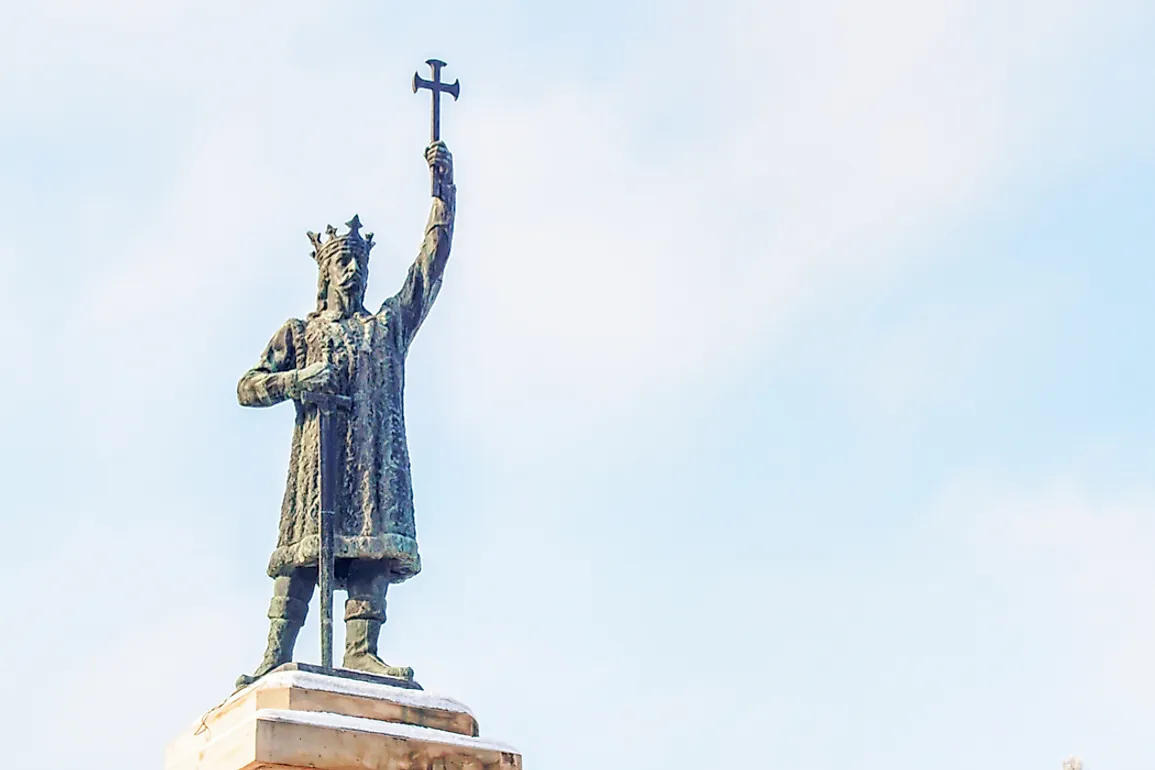Stephen the Great - Figures in History

Stephen the Great, also known as Stephen III of Moldavia or simply as Stephen III, was the prince of Moldavia, a historical region in Eastern Europe, between 1457 and 1504. He is recognized as the most prominent member of the Musatin family which ruled Moldavia at his time. Stephen transformed the state if Moldavia into a strong state, maintaining its independence against countries such as Poland, Hungary and the Ottoman Empire that continually sought to subdue the state. His prominence is mainly about the long resistance that he led against the Ottomans.
Early life
Stephen the Great was born in 1435 in the Musatin family which was the ruling family at the time. His father name was Bogdan II. Bogdan II ruled for only two years from 1449 to 1451 before he was killed in a raid by Petru Aron, his half-brother. Stephen sought refuge in Transylvania, acquiring protection from military commander John Hunyadi. Afterward, Stephen relocated to the court of Vlad III.
Return to Moldavia
In 1457, Stephen the Great negotiated for a military assistance of six thousand horsemen who he used to defeat Petru Aron at Doljesti. Stephen afterward defeated Aron in another combat at Orbic. The defeat prompted Aron to flee to Poland while Stephen the Great was crowned prince of Moldavia. He led an incursion into Poland two years later in search of Aron. However, the invasion was met with resistance forcing him to sign a treaty in which he would be acknowledged as king and in which Aron was barred from Moldavia.
Reign
When Stephen became king of Moldavia in 1457, the state was menaced by powerful and dangerous enemies. As a man of faith and a defender of Christendom, he sought an appeal from Christian states to protect his reign. He met little success in his search for European assistance against the Turks. He managed to keep his reign for 47 years using his diplomacy skills and victories in wars. In 1467, Stephen victoriously led repulsion against king Matthias Corvinus of Hungary at the battle of Baia. In 1471, he defeated an invading Tartar force at Lipnic and at the same time invaded Wallachia. During the invasion, Wallachia had been a vassal of the Ottoman Empire. In 1475, Stephen crushed invaders from when the then king of Ottoman, sultan Mehmed attempted to retaliate on Moldavia.
Death and Legacy
Despite Moldavia being surrounded by powerful enemies, Stephen the Great left a legacy having won 34 out of 36 battles which his state participated in during his rule. During his long reign, many churches and monasteries were built as well as and cultural developments, some of which were set up by Stephen himself. An example is the Voronet which is one of UNESCO's World Heritage Site. Stephen the great died on July 2, 1504.











